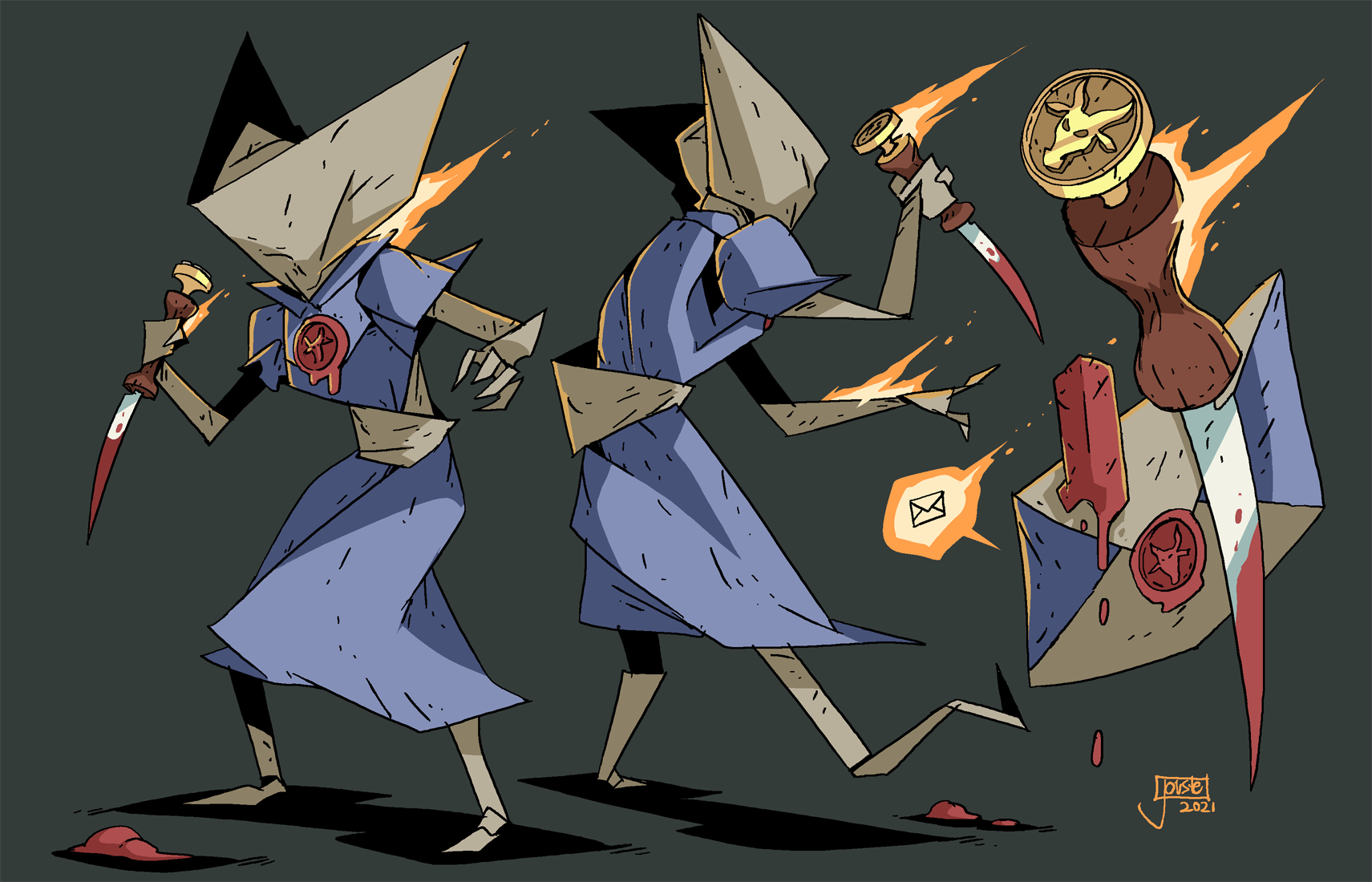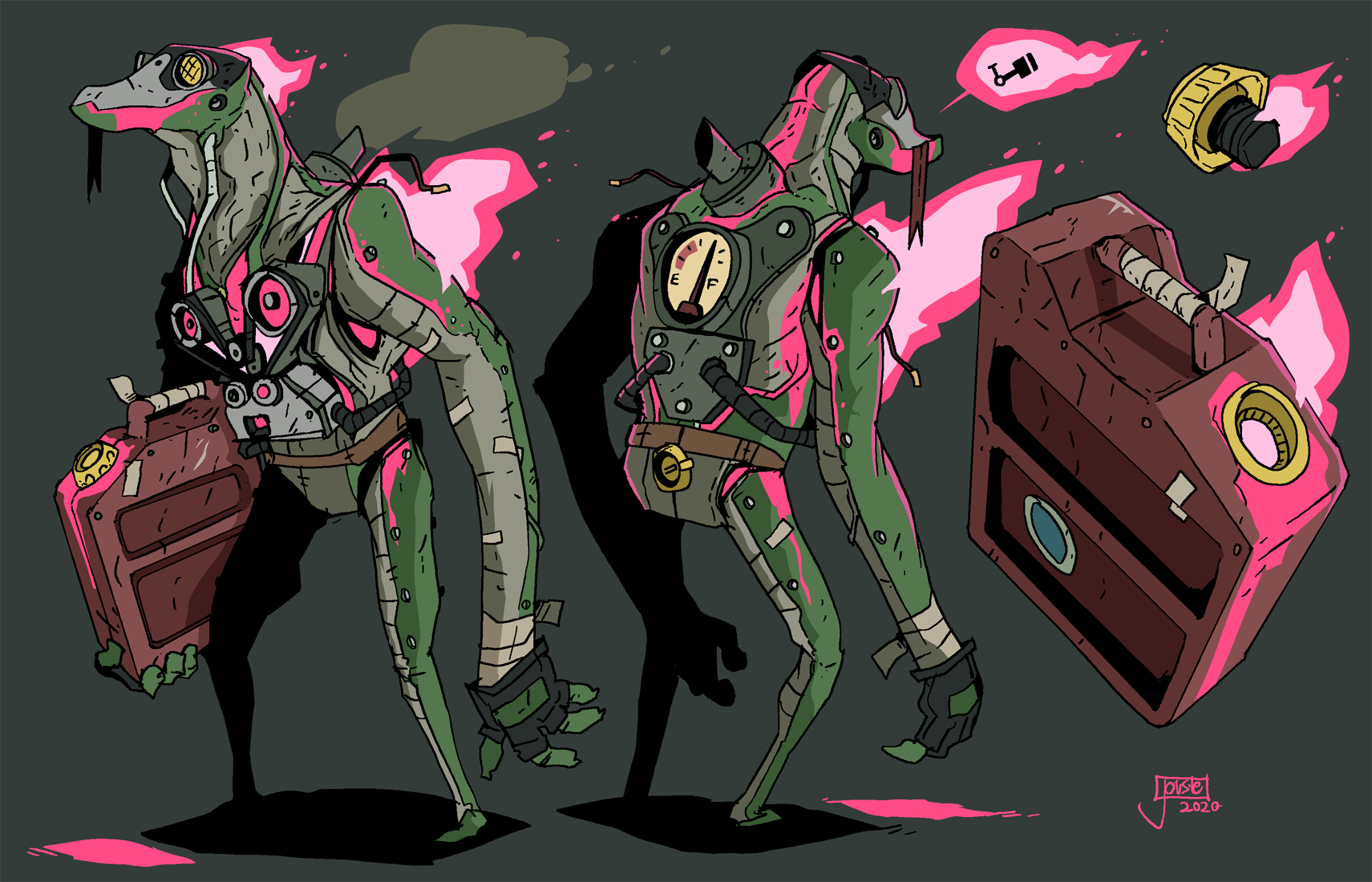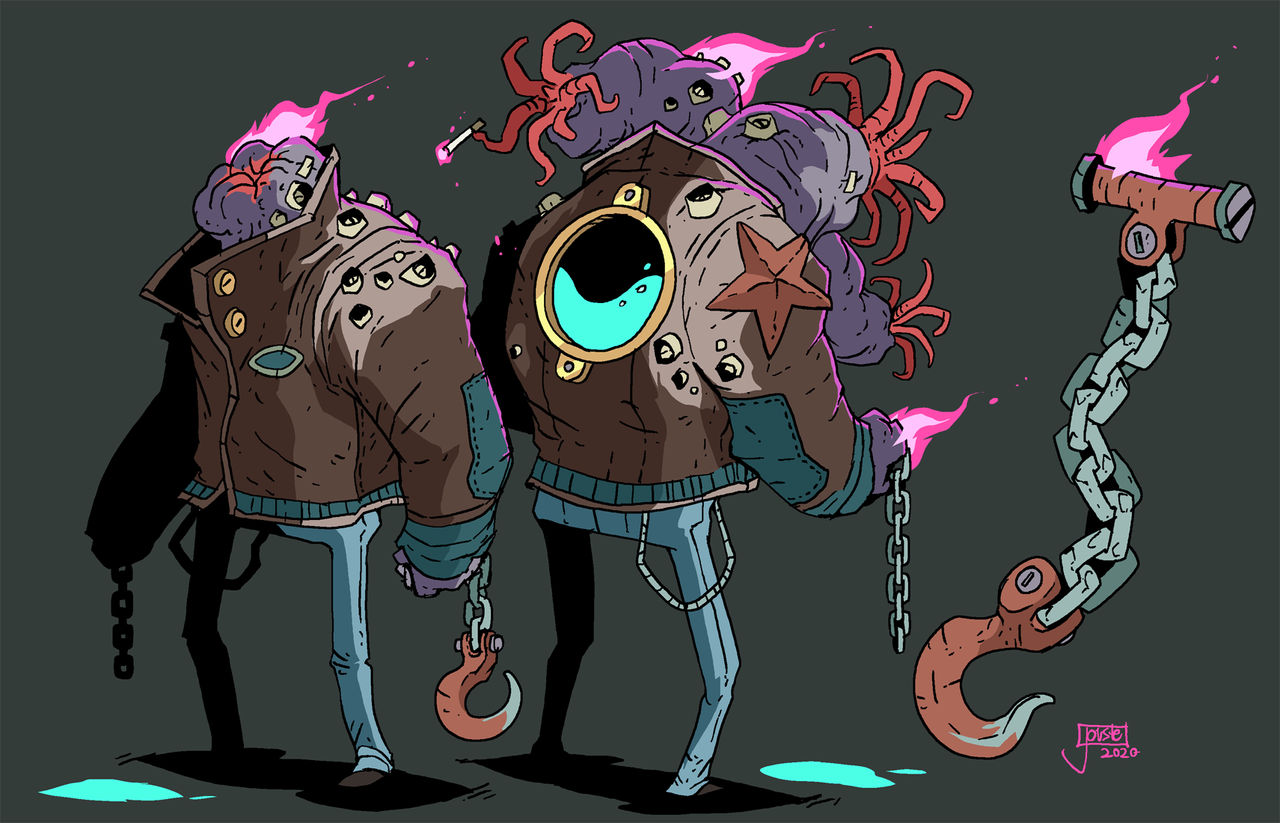"Discourse on virtue, and they pass by in droves."
- Diogenes, 3rd century BC
"I think I need to rework this system again. Let me tell you all about it!"
- Orc Rehab, 2021
I've made two previous attempts at a virtue system here and here. Both have their merits, but I don't think either is what I'm after for OLOG. Just to recap, OLOG is an orc-focused GLOGhack which doesn't have ability scores. Here's a third attempt.
Orc Laws of Glory: Virtues, Version 3
An orc character is defined by personal virtues, the positive qualities they seek to embody and display in life. A character starts with three virtues, and may gain more as they grow in experience and wisdom.
Each virtue has two components, passive and active. A virtue's passive benefit takes the form of a permanent increase to one of the character's numerical stats. An active benefit allows the virtue to be invoked to reroll a specific kind of roll (including, in some cases, rolls made by others). You can invoke a virtue after seeing the initial die roll, but must take the new roll even if it's worse for you. You can never invoke more than one virtue on the same roll.
Once a virtue has been invoked, it is tapped and can't be invoked again until it's refreshed. Its passive benefit still applies. There are three basic ways to refresh a virtue.
- Eating lunch refreshes one tapped virtue.
- Rolling a natural 1 on any d20 roll - and letting the 1 stand - refreshes one tapped virtue. (OLOG has no critical fumbles, so a natural 1 always fails but isn't any worse than a normal failure.)
- A night's rest with a proper meal refreshes all tapped virtues.
Sample Virtues
There will be a whole table of these eventually, with subsections for the traditional virtues of each of the five major orc clans. For now, here are a few proof-of-concept examples.
Acuity
Active: Invoke to reroll a damage roll when you have a height advantage or the element of surprise.
Passive: +1 Ranged Attack.
Audacity
Active: Invoke to reroll an Attack against an enemy at least twice as big as you.
Passive: +1 Melee Attack.
Courage
Active: Invoke to reroll a Save vs. fear, or have an ally within earshot reroll one.
Passive: +2 Will.*
Fervour
Active: Invoke to reroll a melee Attack if you've taken damage since your last turn.
Passive: +1 Melee Attack.
Grace
Active: Invoke to reroll a Check involving full-body coordination or balance.
Passive: +2 Reflex.*
Ingenuity
Active: Invoke to reroll a Check involving precise tool use.
Passive: +1/2 inventory slot. (This can hold one of any item that's normally stackable.)
Resilience
Active: Invoke to have an opponent reroll an Attack against you if you've taken physical damage since your last turn.
Passive: +2 Fortitude.*
Swiftness
Active: Invoke to reroll a Check to do something against the clock.
Passive: +2 Movement.
* OLOG uses the three 3e save types because, for all 3e's sins, I think it's a pretty good classification. Sorry.
Gaining and Replacing Virtues
My current framework has OLOG characters starting with three virtues:
- one rolled randomly on a master virtue table (d66),
- one rolled randomly on a specific subset of the virtue table, depending on their ancestry,
- and one rolled randomly from a small unique group (d3) determined by their class.
You start with a fourth, empty virtue slot, and gain a fifth slot when you reach level 5 (the first level at which you don't gain a template).
At character creation, you also choose an aspiration, a virtue you would like to embody more than you currently do. You do not actually have this virtue yet, and gain none of its benefits. Once per day, when you succeed on a roll that would have allowed you to invoke your aspiration, without invoking any virtues you already have, you can make a mark against your aspiration.
For virtues that affect enemies' rolls, like Resilience, this is triggered when an enemy fails such a roll against you. For virtues that affect non-d20 rolls, like Acuity, a roll counts as a success if it's strictly better than average (4+ on a d6, 8+ on 2d6, etcetera).
When you've made three such marks, you gain the aspiration as a new virtue; if you have no free slots, you gain the new virtue only if you forfeit an existing one. You can choose a new aspiration whenever you fulfil your current one or gain a level.
Example: Izec is a Crowbar, a cunning, resourceful ruffian with an arsenal of tricks, but she longs to be better at the technical side of her vocation. Izec's aspiration is Ingenuity. The first time each day Izec succeeds on a Check involving precise tool use - the type of roll she'd be able to invoke Ingenuity on - she makes a mark next to her aspiration. When she gains her third mark, she gains the virtue of Ingenuity.
You are allowed to choose a virtue you already have as an aspiration, and can have multiple instances of the same virtue if you're willing to spend the slots on them. The passive bonuses stack, and each one is invoked and tapped separately. If you want a character with five instances of Swiftness, faster than the eye can follow but no better than average at anything else, feel free to work towards it.
Design Notes
Many OSR games have an implicit or explicit theme of learning to live with the hand fate deals you, building on it through class choices and smart decisions. If we take this as the default human mindset, then the default orc mindset is more about looking at the hand fate just dealt you, grabbing fate by the lapels, and applying violence and/or shouting until it gives you something that fits better.
The assumed campaign frame in OLOG is kind of an extended rite of passage. There's a demon invasion up in the high badlands, and it's caused all sorts of second- and third-order problems. The Clansmoot has organised a response, and sent out a call to all orcs everywhere to come forth and prove themselves in the crucible of crisis. It's the perfect place to find out who you really are, decide you don't like that person, and kill them, that you may be reborn.
I don't want this process to be easy. The aspiration system is meant to incentivise taking specific kinds of risk in pursuit of an ideal, and I want there to be tension between that and survival instincts. OLOG characters are a bit hardier than characters in many other GLOGhacks, but not by a massive amount; wrong moves can still see them dead. If there weren't real risks involved in chasing your dreams, there wouldn't be much Glory in the Orc Laws of Glory.





